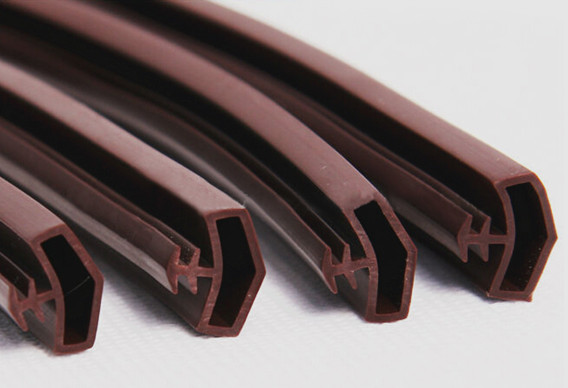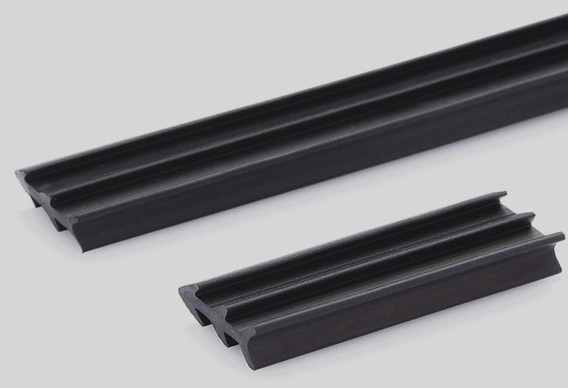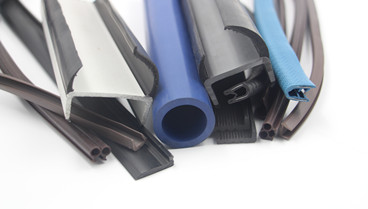There are dry extrusion and wet extrusion processes that came into being by plasticizing and by pressurizing there are unremitting and recurrent extrusion practises. Continuous production produces a high productivity, simple operation for a widespread range of uses, such as tubing extrusion, sheet/film extrusion etc. Following are the most popular methods used for plastic extrusion:



1) Profile extrusion
The Profile Extrusion process, such as intake chaffs and medical tubes, is manufactured the same as a regular extrusion procedure up until the die. Introducing a pin or mandrel inside the die extrudes hollow segments, and in most circumstances pressure is applied to the interior fissures through the pin.
2) Co-extrusion
Co-Extrusion is the extrusion of several layers of material at a time. This type of extrusion uses two or more extruders to melt and deliver a stable volumetric amount of different gelatinous mastics to a single die and extrude the resin in the preferred form. This process can be used in a range of extrusion processes. The thickness of layers are controlled by the relative speeds and sizes of the separate extruders delivering the materials
There are extensive range of reasons why an industrialist may choose co-extrusion over single layer extrusion. One example is in the vinyl rail industry, where co-extrusion is used to adapt the layers based on whether they are exposed to the weather or not. Usually a thin layer of compound that contains expensive weather resilient additives are extruded on the outside while the inside has an additive package that is more suitable for impression resistance and structural performance.
3) Film extrusion
For products such as plastic sheet or film, cooling is attained by pulling material through a set of cooling rolls, usually 3 or 4 in number. Running material too fast produces an unwanted condition called “nerve”, which essentially insufficient contact time is given to scatter the heat present in the extruded plastic. In sheet extrusion, these rolls not only deliver the necessary cooling but also determine sheet thickness and surface quality.
4) Blown film extrusion
This process is used to manufacture plastic film for products such as shopping bags. Blown film is similar to any regular extrusion until it reaches the die. The die is a vertical cylinder with an annular opening similar to a pipe extrusion die. The liquefied gum is pulled upwards from the die by a pair of nip rolls high above the die. Changing the speed of these nip rollers will change the device or wall thickness of the film.
5) Compound extrusion
Compound extrusion is a process that blends one or more polymers with essences to create a plastic compound. The feed stock may be tablets, powder or liquids, but the product is

Get Social